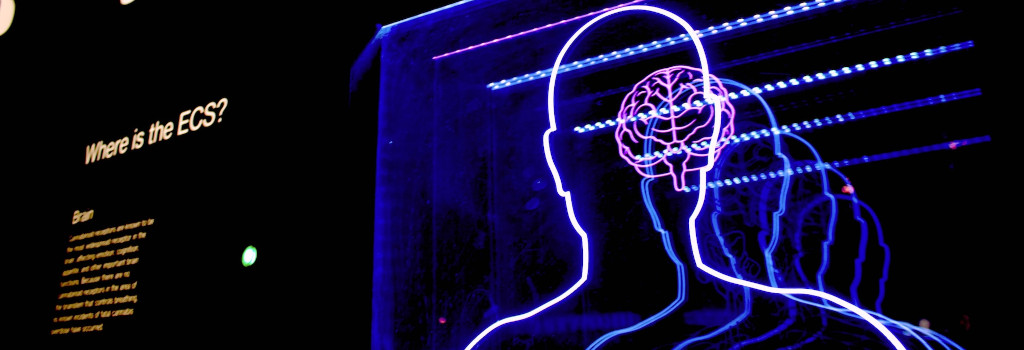
The rule of three to maximize B2B brand recall
IBA and its press relations campaigns are rooted in communications theory – so we’re no stranger to looking at B2B communications through a scientific lens. In fact, our own staff recruitment is based on behavioral psychology techniques pioneered by our founder’s brother Colin Ingleton, a Behavioral Psychologist and former Director of the Management Interviewing and Research Institute, at Manchester Business School.
Which is why recently our team has been tracking some exciting and thought-provoking output from The B2B Institute, a LinkedIn think tank researching new approaches to B2B growth, particularly around how to bring marketing science to B2B strategies.
And no, we aren’t talking about death by data – rest assured there is no obsession with metrics and outputs here! Instead, we’re talking about the psychology behind prospecting, why and how buyers make purchasing decisions, and how to appeal to their pain points and at what stage of the sales funnel.
Some key recent insights have struck a chord with our content creation and Pitch&Place specialists, as well as our CEO and founder!
- The peak-end rule
The first stop on our scientific journey takes us to the peak-end rule, discovered by Daniel Kahneman, a Nobel Prize winner, and researcher Barbara Frederickson. The Nielsen Group explains “the peak–end rule is a cognitive bias that impacts how people remember past events. Intense positive or negative moments (the ‘peaks’) and the final moments of an experience (the ‘end’) are heavily weighted in our mental calculus.”
The B2B Institute sees the peak-end rule as being highly applicable for brand recall, urging B2B organizations to “develop creative that has peak emotional moments, and make sure to brand heavily both at those peak moments and at the end… The brand that’s remembered is the brand that’s bought. Use the Peak-End Rule to make sure your brand is remembered fondly by current and future buyers alike.”
IBA sees parallels in the peak-end rule for content marketing campaigns, especially when building a content stack around a key message. A powerful content stack can illicit strong brand recall by putting together a series of PR and Marketing assets around one campaign topic – from a media-facing thought leadership article on a key industry pain point, to a corresponding blog and white paper on the company website, culminating in an interactive webinar to make the topic live and breathe. The peaks on the journey and powerful final takeaway will be different for different individuals, but will leave prospects with a strong recall for the brand in question.
- Memory corrosion and the 95-5 rule
Once you’ve built a brand up in the mind of a prospect, the task moves to memory recall and staying relevant over an extremely long sales cycle.
At B2B Marketing Expo in London, our team was able to sit in on a packed-out breakout session by Jennifer Shaw-Sheet, EMEA Lead at The B2B Institute, discussing the negative impacts of “memory corrosion” in brand building. In the talk, Jennifer explained that much like bridges, our memory corrodes. Giving the example of how painting the Golden Gate Bridge never stops. When the painters reach the end, they have to start again. Constant maintenance is the most prudent and practical way to prevent corrosion over time.
Jennifer explained: “When it comes to advertising, corroding memories mean lost sales.” She also points to the 95-5 rule, because 95% of your buyers aren’t ready to buy today and may not be for some time in the B2B sales cycle. Most buyers are future buyers – and future buyers are the source of future cash flows.
Remember the example of how we built a content stack around one key message? Brand building is not a one-stop shop and PR and content marketing campaigns are not one and done. Campaigns must be planned on a yearly basis, with multiple content stacks creating a blend of carefully curated messaging, communicated to prospects via a variety of platforms, in targeted industry segments.
- Signal theory, cognitive resonance and mental availability
Once a B2B organization has a consistent mechanism to plan, target, and execute their PR campaigns it’s time to maximize that message. And the same message from more than one source is more readily believed. Now we’re into signal theory and cognitive resonance/confirmation bias.
Brands that customers and prospects are familiar with, and come to mind easily, are the ones they are more likely to trust and buy from. This is the power of mental availability – brands that are memorable are more likely to be purchased.
B2B organizations need to ensure they can extract as many articles placed in as many target media outlets as possible, to consistently communicate the value of their solutions and service – ensuring their prospects see their key messages multiple times per week in the media. Then bring in those other elements of the content stack to hit prospects in the keyword searches, website visits, and social media browsing.
The power of memory recall
In the rush for metrics and measurability in Marketing, perhaps some marketing managers are missing the point. The target of all these carefully crafted messages is still a human being, each with their own unique thoughts and feelings when it comes to making a multi-million-dollar investment into a B2B product or service.
It’s their brain that makes the final decision, not a row on an Excel spreadsheet!
Jamie Kightley is Head of Client Services at IBA International.

Leave a comment